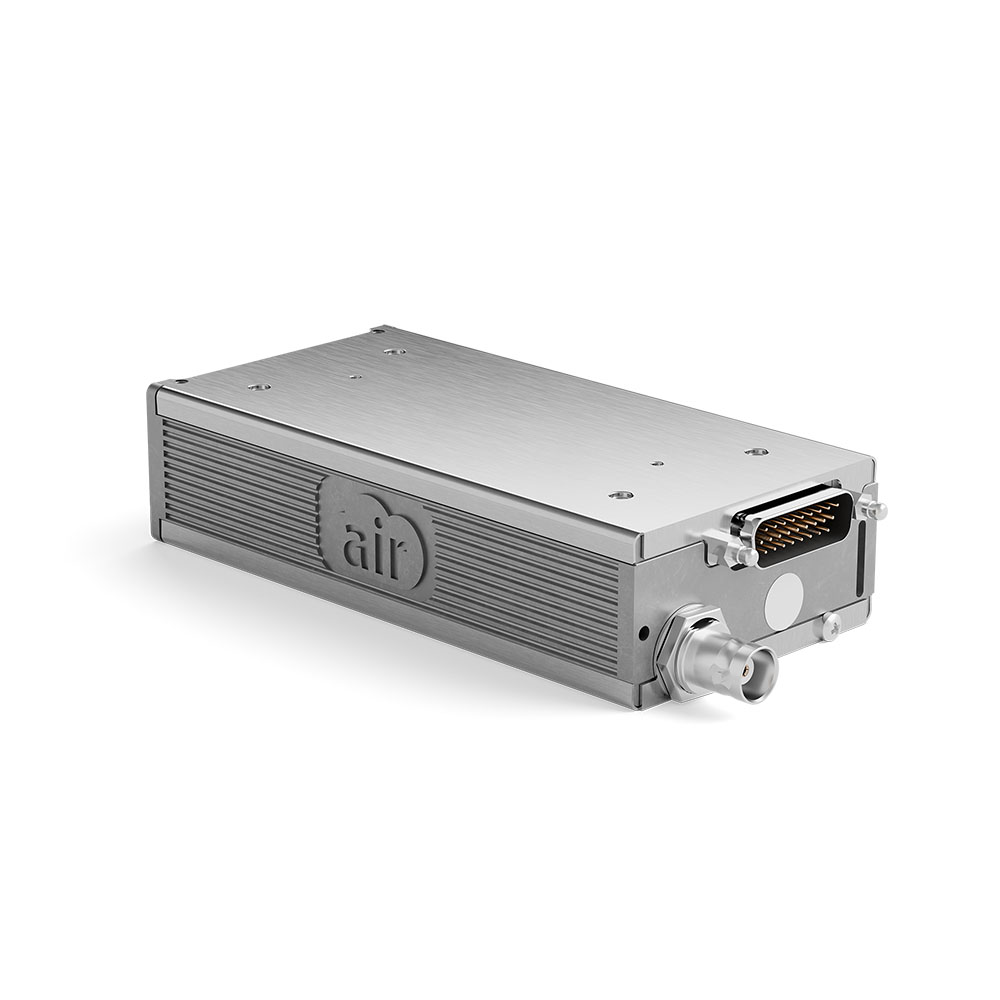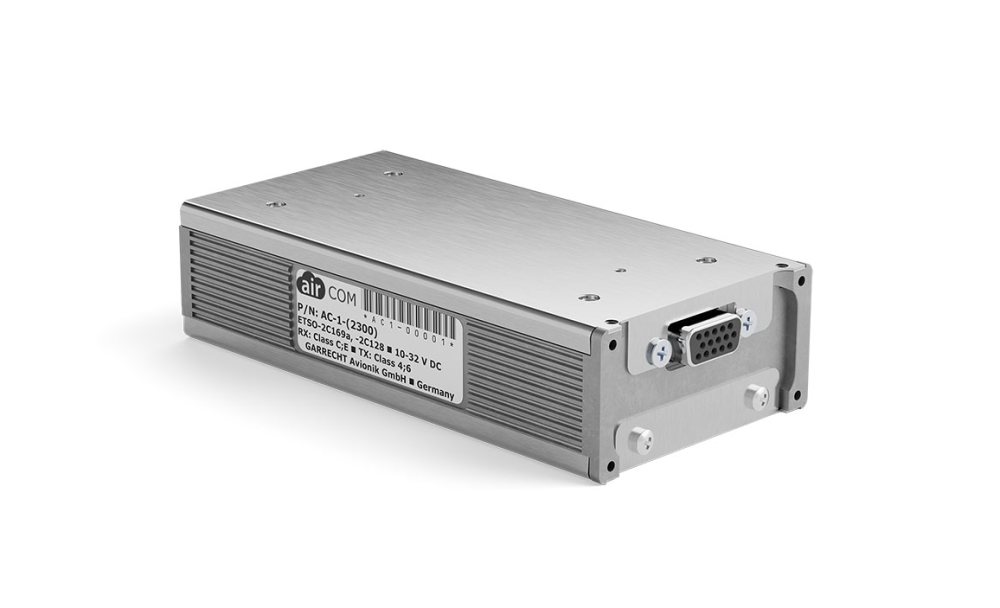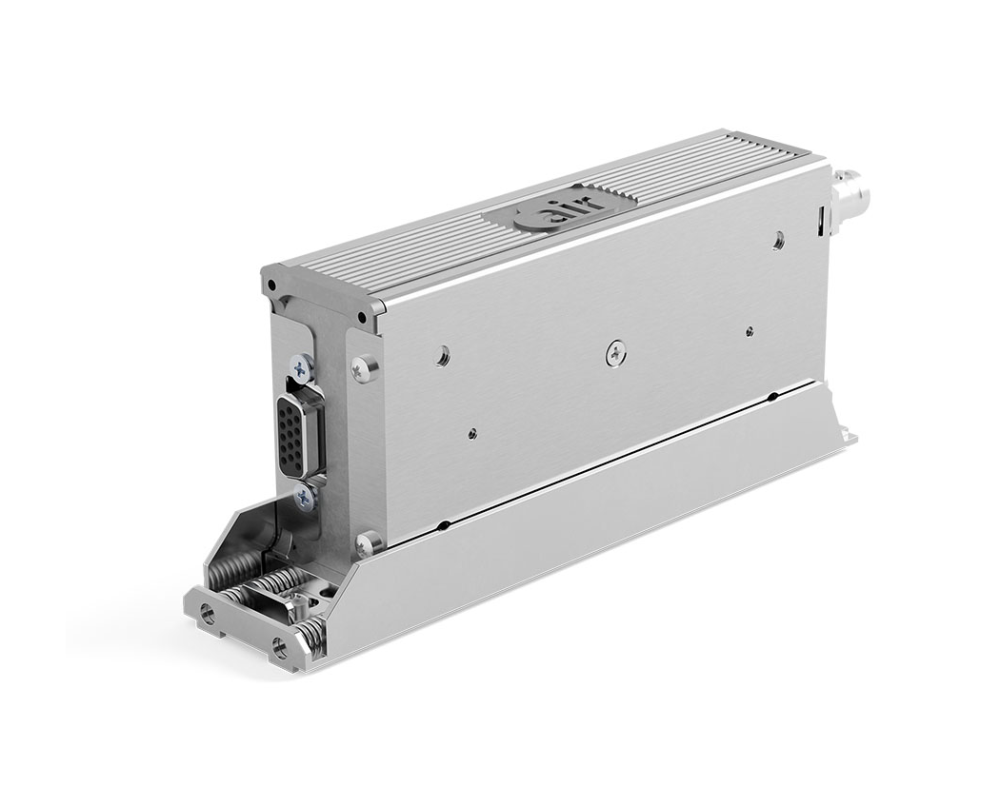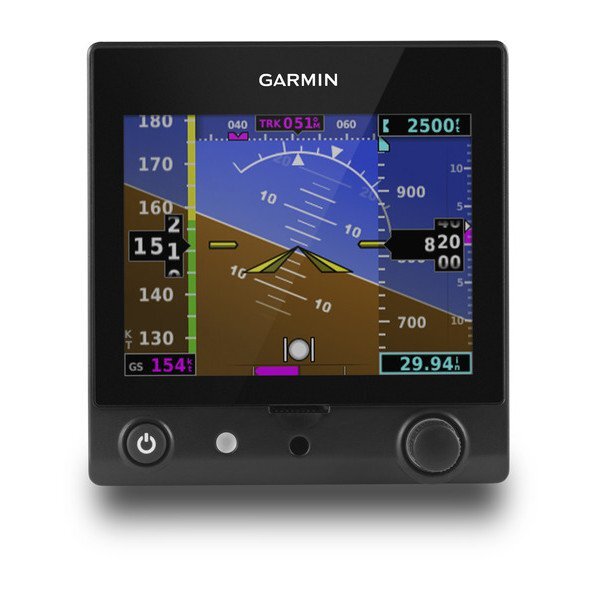LPV Approaches and Comm Radio, Priced for Your Aircraft
- Slim, all-in-one touchscreen GPS navigator and Comm radio for Part 23 Class I/II aircraft (weighing less than 6,000 lbs) and experimental/amateur-built aircraft
- Take advantage of WAAS GPS navigation with LPV approaches, which offer minimums as low as 200’ to greatly expand your operational capability
- Built-in 10-watt Comm radio with 25 kHz or optional 8.33 kHz channel spacing (with GNC 355A) plus standby frequency monitoring and automatic frequency identification
- Pairs with select Garmin flight displays, or integrates directly with your existing course deviation indicator (CDI) for cost-effective installation¹
- Visualize your entire flight plan — including departures, arrivals, instrument approaches, holding patterns and more — on a rich, dynamic global moving map
- Wirelessly transfer flight plans and stream weather, traffic, GPS position and backup attitude via built-in Connext® wireless technology to the Garmin Pilot™ app and more²
Big capabilities come in a small package with the GNC 355 navigator. With its bright, clear high-resolution touchscreen display, you can have the advanced navigation functions you’ve always dreamed of — along with modern Comm radio capabilities. Entering flight information is a cinch, and accessing every function is fast and easy. It’s equally at home in certificated aircraft or an experimental aircraft. And it’s the same 2” height as older navigation equipment and can allow you to keep the composite legacy CDIs already in your aircraft to minimize installation cost¹. That makes GNC 355 the smart, affordable way to add next-generation navigation to your favorite airplane.
Perfect Touch
The moment you power up GNC 355, you’ll see a familiar Garmin homepage on the 4.8” display, which puts the most important functions within only a few touches. Navigate to dedicated pages for the moving map, traffic, terrain, nearest airports, flight plan, procedures, waypoint information, utilities and more. With shortcuts available to the flight plan and Direct-to functions on almost every page, navigation features are usually just a tap away. Use your finger to pan and zoom on any map, traffic and terrain page. Enter waypoint data with the on-screen keyboard. And touch the home button to get you back to the main page at any time.
For added control stability in flight, a shelf across the lower edge of the display serves to steady your hand in smooth and turbulent flight conditions. And if you prefer traditional controls, the concentric knobs provide yet another way to control many of the GNC 355 navigator’s functions.
Intuitive Navigation
With GNC 355, building and modifying flight plans is simple. As you enter waypoints, our FastFind feature automatically begins searching for the nearest identifier as soon as you start typing, so — in most situations — a press or two reveals just what you were thinking. You can also create holds, insert Victor airways and corresponding exit options and add departures, arrivals and instrument approach procedures. Additionally, you can edit your route using the map screen; a handy "rubber band" feature lets you grab any leg of your flight plan route and move it to accommodate a deviation or ATC amendment to your flight plan.

A variety of dynamically drawn and displayed maps provides situational awareness and context to the flight plan by highlighting visual reporting points, navaids, SafeTaxi® diagrams and hazards such as obstacles, power lines and terrain. Plus, the Smart Airspace™ feature automatically highlights airspace close to your current altitude and de-emphasizes airspace away from the current altitude.
Advanced Approach to IFR
The SBAS/WAAS-certified GPS receiver can allow you to fly GPS-guided LPV glidepath instrument approaches down to as low as 200’, greatly expanding your operational capability. You can also access localizer performance (LP) and all area navigation (RNAV) approaches. Precise course deviation and roll steering outputs can be coupled to our GFC™ 500 and GFC 600 autopilots as well as select third-party autopilots so that IFR flight procedures such as holds, NextGen radius-to-fix (RF) legs and missed approaches may be flown automatically. In addition, the GNC 355 navigator lets you create and execute custom holding patterns over an existing waypoint or user-defined waypoint.

Plus, when operating in VFR conditions, GNC 355 can provide advisory vertical approach guidance based on a published glidepath angle or a 3-degree approach glideslope from the runway threshold, while considering terrain and obstacle clearance. With this advisory guidance, you’re able to fly more consistent, precise vertical glidepaths into a variety of airfields.
Powerful Comm Capabilities
GNC 355 offers 10 watts of transmission power with 25 kHz frequency channel spacing or 8.33 kHz channel spacing options (GNC 355A), and it incorporates a number of functions that can save you time and effort. Using the onboard frequency database, airport, weather, center and FSS frequencies are easy to find and can be loaded to standby by simply tapping them from the airport information or flight pages. Recent, nearby and saved frequencies are easy to access, too. And to help you make sure you are talking to the right controller, GNC 355 automatically displays the station’s identifier right below the frequency, e.g., KIXD ASOS or CHICAGO ACC.

With the standby frequency-monitoring feature in GNC 355, you won’t have to worry about missing an ATC call or other critical transmission. The GNC 355 navigator allows you to listen to ATIS without leaving your assigned ATC channel. Swap your active and standby frequencies with a single screen touch. Press and hold the frequency optional remote transfer key to automatically set the emergency frequency as your active radio channel.
Add ADS-B Traffic and Weather
When paired with dual-link Garmin ADS-B solutions, such as our GTX™ 345 series transponder or GDL® 88 universal access transceiver, GNC 355 can display ADS-B traffic targets as well as subscription-free ADS-B weather data in the U.S. Or you can opt for the GNX™ 375 navigator, which offers similar GPS navigation capabilities as GNC 355 but includes a transponder for ADS-B “Out” and “In.” The ADS-B weather link provides in-flight access to animated NEXRAD imagery, METARs, TAFs, winds and temperatures aloft, PIREPs, NOTAMs and more.

When equipped with a compatible ADS-B solution, visual alerts help you recognize and avoid potential conflicts in busy airspace. Our patented TargetTrend™ relative motion technology offers a faster, more intuitive way to judge the direction and closure rate of intruding targets in relation to your aircraft’s position. For example, if traffic is ahead of you and travels along the same track but at a slower rate, the motion vector points opposite of its indicated direction of flight to show you are overtaking the traffic. And, at the start or end of each flight, TerminalTraffic™ technology provides the most comprehensive picture of ADS-B equipped aircraft and ground vehicles in the airport environment. ADS-B equipped aircraft in-flight are easily distinguished from ground vehicles and taxiing aircraft, which are displayed using distinct colors and symbols. All information is presented on a simple, easy-to-understand SafeTaxi diagram with reference to runways, taxiways, hangar locations and more.
Cockpit Integration
The GNC 355 navigator interfaces with Garmin flight displays, including G3X Touch™ (experimental and certified), G5 (experimental and certified), G500/G600, G500 TXi/G600 TXi as well as select third-party displays¹ to provide navigation outputs. It’s also compatible with many older, composite-input based CDIs — allowing you to keep your existing CDI and have an easier, more cost-effective installation¹.
And for even more convenience, you can use the built-in Connext technology to stream information between GNC 355 and compatible Garmin portables and mobile devices running the Garmin Pilot or FltPlan Go apps. You can create flight plans at home and upload them at the airport. And you can stream GPS data, backup attitude information (from the built-in AHRS) as well as traffic and weather to your mobile device or Garmin portable, making them even more useful cockpit companions.²
Plus, our optional Flight Stream 510 installs in the memory card slot of GNC 355 to enable our Database Concierge database transfer and management capabilities via our Connext gateway. At home, you can download selected databases onto your mobile device by using the Garmin Pilot app. Then, once you get to the airport, Flight Stream 510 will automatically establish a wireless connection to the Garmin Pilot app and upload the databases from your device to your GNC 355 in minutes.
Learn More About GNC 355
With installation approval soon to be available for hundreds of Part 23 Class I/II aircraft models, adding a GNC 355 navigator to your cockpit is a straightforward, all-bases-covered proposition. To better familiarize yourself with the system, a free training app is available for iPad® mobile devices on the App Store®. And for worry-free flying, it comes with an industry-leading 2-year warranty, backed by our award-winning product support team. See your authorized Garmin installation center for more information on scheduling a GNC 355 upgrade for your aircraft. And experience the modern navigation and Comm radio capabilities your aircraft has been missing.
Physical and Performance
-
TSO applicability: C128a; 2C128; C146e Class 3; C157b Category 1; C165a; C169a Class C, E, 4, 6; 2C169a Class C, E, H1, H2, 4, 6; C195b Category B1, B3, B5, B7
-
Display size: 4.8" (122.5 mm) diagonal
-
Display resolution: 732 pixels (W) x 240 pixels (H)
-
Unit bezel height: 2.02" (51.0 mm)
-
Unit bezel width: 6.25" (159.0 mm)
-
Unit depth with connectors: 11.23" (285 mm) (measured from face of aircraft panel to rear of connector backshells)
-
Unit weight: 3.3 lbs (1.5 kg)
-
Maximum altitude: 35,000 ft
-
Input voltage range: 9 VDC - 33 VDC
-
Maximum display brightness: 260 fL
-
Operating temperature range: -20° C to 55° C (-4° F to 131° F)
-
Bluetooth version: 4.2
-
Number of GPS channels: 15 (12 GPS and 3 GPS/WAAS/SBAS)
-
LAT/LON position accuracy: <1.25 meter RMS horizontal, < 2 meter vertical, with WAAS
-
Maximum velocity: 1,000 knots (above 60,000 feet)
-
Position update Interval: 0.2 sec (5 Hz)






